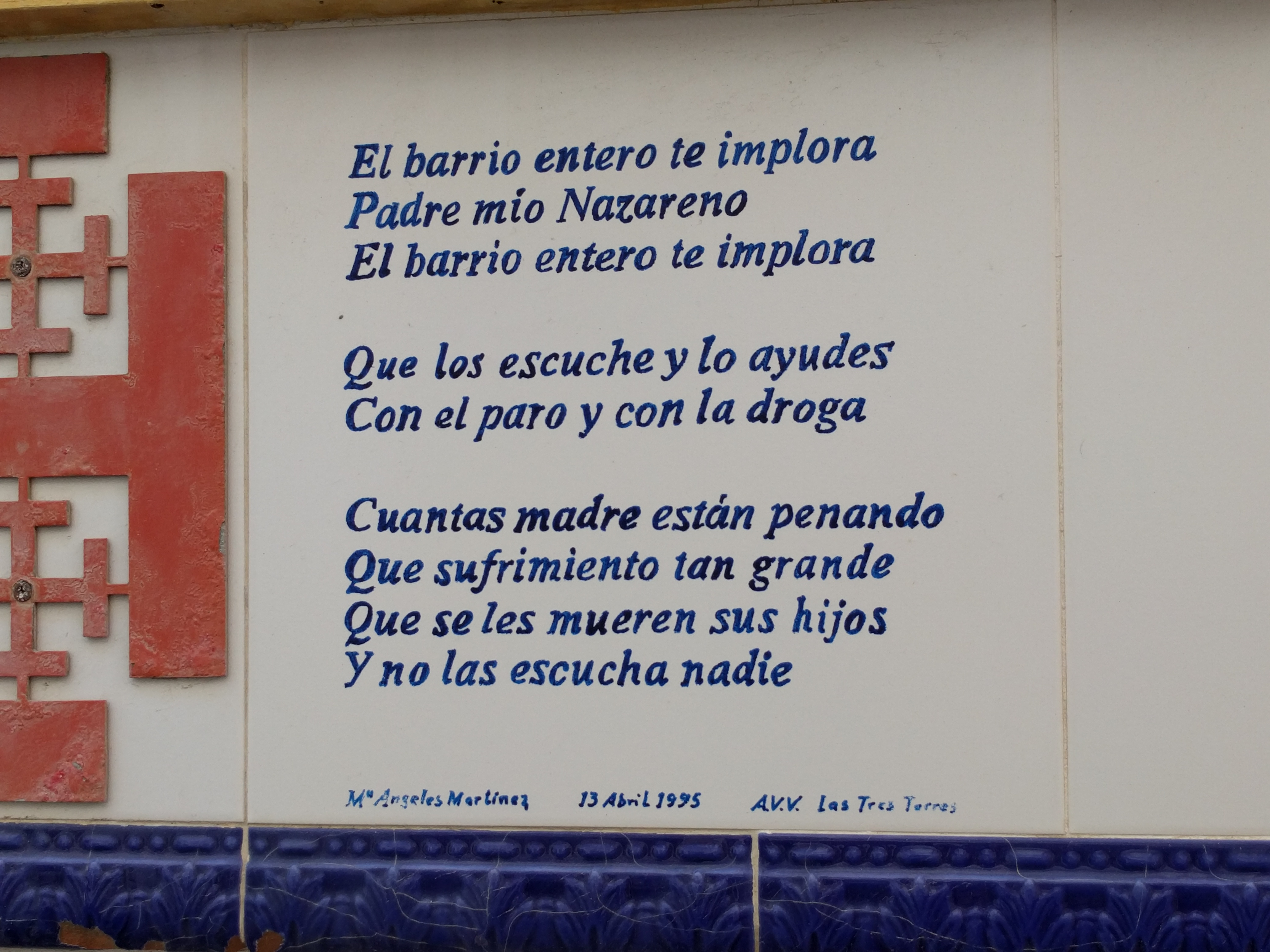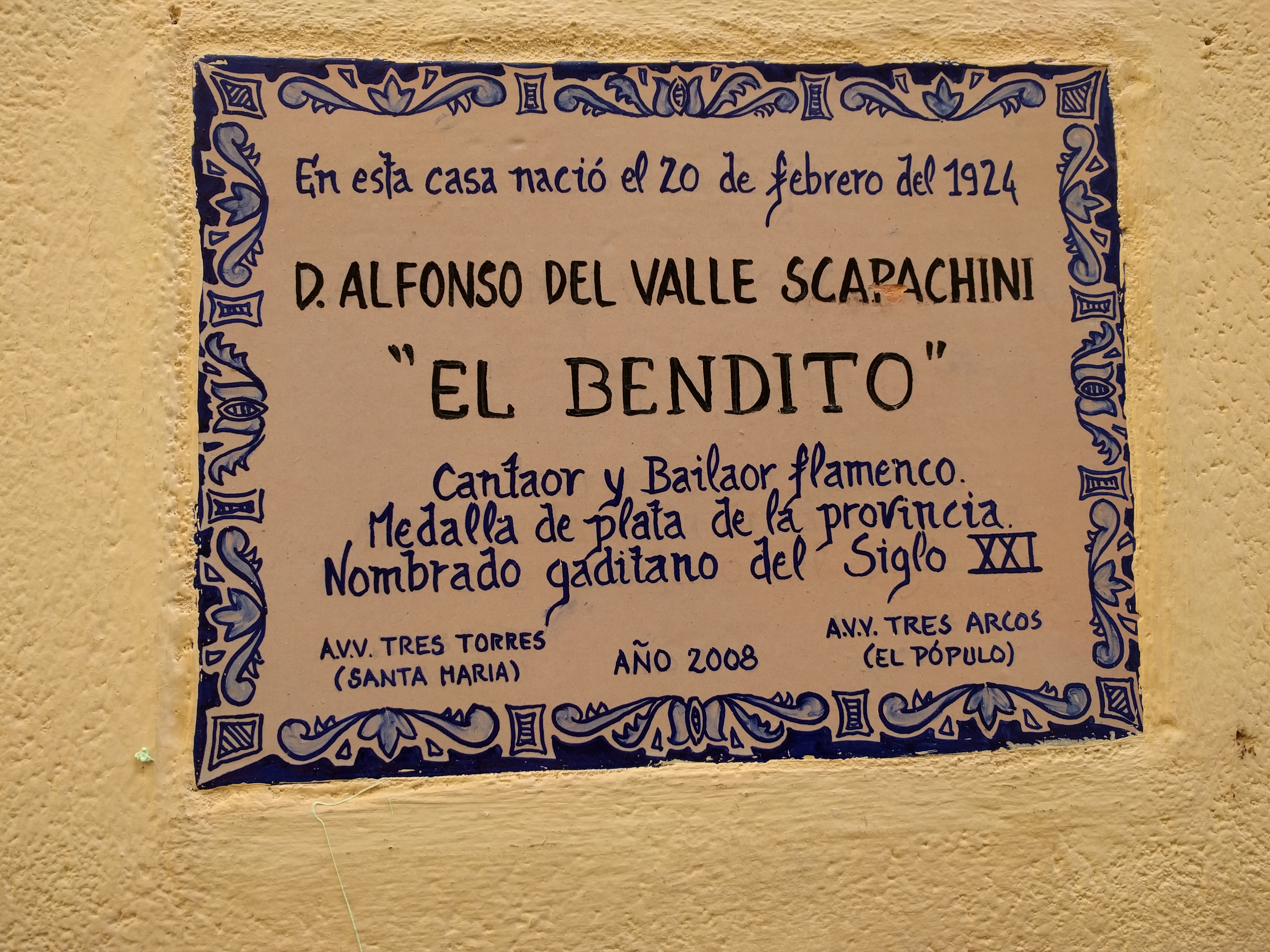After publishing my recent post about Spanish commands and accent marks, which featured a short PowerPoint on this topic, I posted the same PowerPoint on the /r/Spanish subreddit and also on a few Facebook groups for Spanish teachers. I got unexpected pushback in those media about Anglicisms in the PowerPoint: Spanish words that I used with an English meaning. Specifically, I used the word estrés to refer to phonological (spoken) stress, i.e. a word’s most prominent syllable, and the word acento to refer to the written accent mark. Both these uses reflect English usage rather than standard Spanish.
Strictly speaking:
- In Spanish estrés refers to physical or psychological stress. The correct translation of phonological stress (in the English sense) is acento, as in El acento recae en la penúltima sílaba ‘Stress falls on the next-to-last syllable.’ One can also refer to the sílaba tónica (the ‘stressed syllable’), as in La sílaba tónica es la penúltima ‘The stressed syllable is the next-to-last one.’
- The normal Spanish term for the written accent mark is tilde, which in English refers specifically to the ~ that turns an n into an ñ.
This table summarizes the above:
| Meaning | Standard Spanish term | Anglicized term |
| phonological stress | acento sílaba tónica | estrés |
| written accent mark | tilde | acento |
I used the Anglicized terms because the related topics of phonological stress and written accent marks are already very challenging on their own. First, the rules that govern phonological stress in Spanish, and which underlie the language’s use of written accent marks, are simple to a linguist but not to a layman. For instance, although the primary use of accent marks is to indicate exceptions to the basic stress rules of Spanish, such as caFÉ or teLÉfono, where one would expect penultimate stress (as in HAbla) since the words in a vowel, this pattern fails if a word ends in an -n or -s, as in HAblan or HAblas. It also doesn’t explain the written accent in words like ¿Qué? ‘What?’ and más ‘more.’ Second, even if students understand these rules, they are not used to paying attention to phonological stress: they are generally unaware, for instance, that English features word pairs such as proJECT (verb) and PROject (noun). So mastering this topic requires picking up an ‘ear’ for an aspect of language that one has blissfully ignored for years or even decades.
I should add that native speakers of Spanish also have difficulty with accent marks, just as native speakers of English have difficulty with apostrophes.
Fordham’s curriculum doesn’t allow time to teach a full lesson on accent marks, so instead I present the topic in short bursts, as needed. For example, my second-semester students recently learned command forms such ¡Duerme! ‘Sleep!’, ¡Duérmete! ‘Fall asleep!’, ¡Sé! ‘Be!’ and ¡Ve! ‘Go!’ This topic inevitably raises the question of which commands have accent marks and which don’t — and why. The PowerPoint in my earlier post answers this question accurately and quickly. It does so in part because it uses the anglicized terms estrés and acento instead of the proper Spanish counterparts. Having to explain the Spanish meanings of acento and tilde would gum up the works. So in this case I believe that the ends justify the means. I suspect that many Spanish teachers do the same.
Two other factors besides pragmatics justify my use of the Anglicized terms. The first is that both wordreference.com and linguee.es, both of which are reputable resources, give ‘accent mark’ (or ‘stress mark’) as one meaning of the word acento (although estrés never means phonological stress). The second is that Spanish has a long history of adding Anglicized meanings to existing vocabulary. Some examples are estrella meaning ‘celebrity’ (like English star), modelo meaning ‘fashion model,’ and blanco meaning ‘blank space to fill in.’ While purists may frown on such usages, I like to point out that Simón Bolívar, the great South American revolutionary hero, used papel ‘paper’ in the English sense of ‘newspaper’, and americano ‘American’ to mean someone from the United States, rather than the American continents more generally—a usage that is anathema to many contemporary Hispanics.
If Bolívar could get away with papel and americano, surely the gods of Spanish will forgive my use of estrés and acento in the service of pedagogy?



